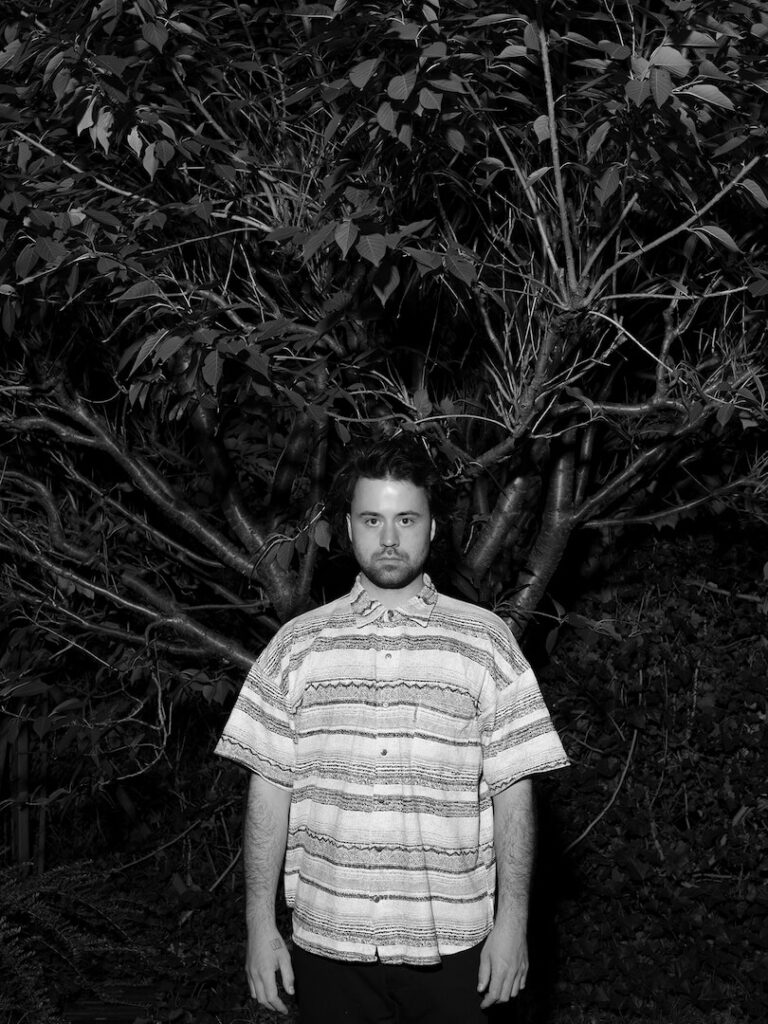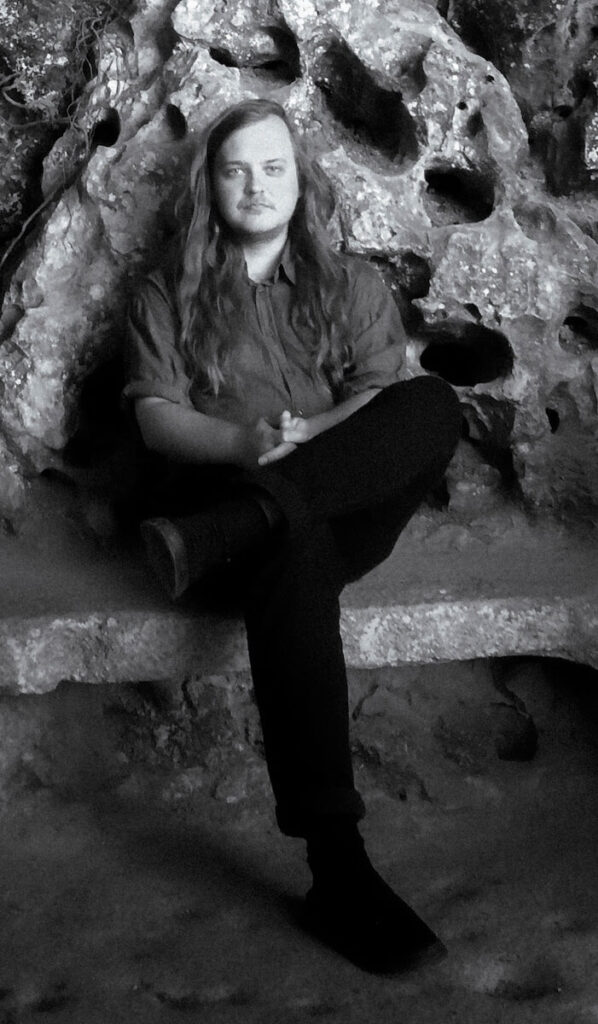Igor Pisuk
Igor Pisuk
Igor Pisuk (b. 1984 ) in 2014 he got an MA from the PWSFTviT Film School in Łódź. Between 2016 and 2017 an assistant to Anders Petersersen. A recipient of multiple awards and grants, e.g. AIR Independent – a scholarship and residency and attendance of masterclasses led by Antoine D'Agata, Jacob Aue Sobol, Trine Søndergaard, Gomma Photography Grant. A finalist of the Leica Oskar Barnack Award. He has participated in over 30 group and solo shows around the globe, e.g. the Chobi Mela IX International Festival of Photography in Dhaka, Bangladesh, Les Recontres de la Photographie in Arles, France, and Cortona On The Move in Italy. An author of two photo books: Deceitful Reverence published by Blow Up Press and Dog Walker published by 3 PR zine.





